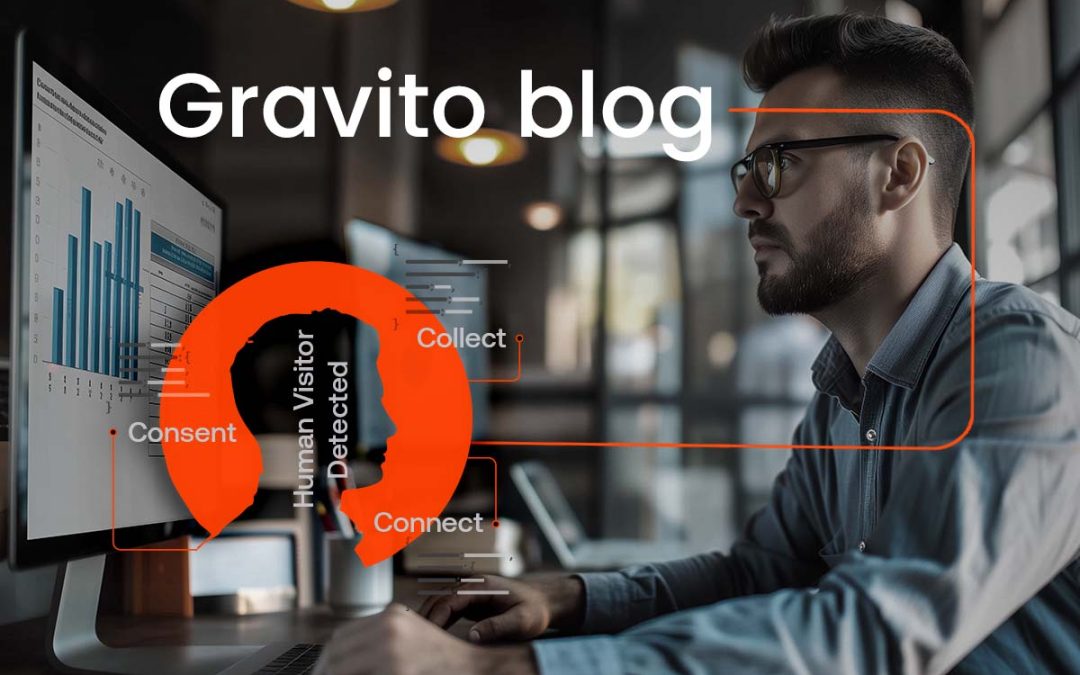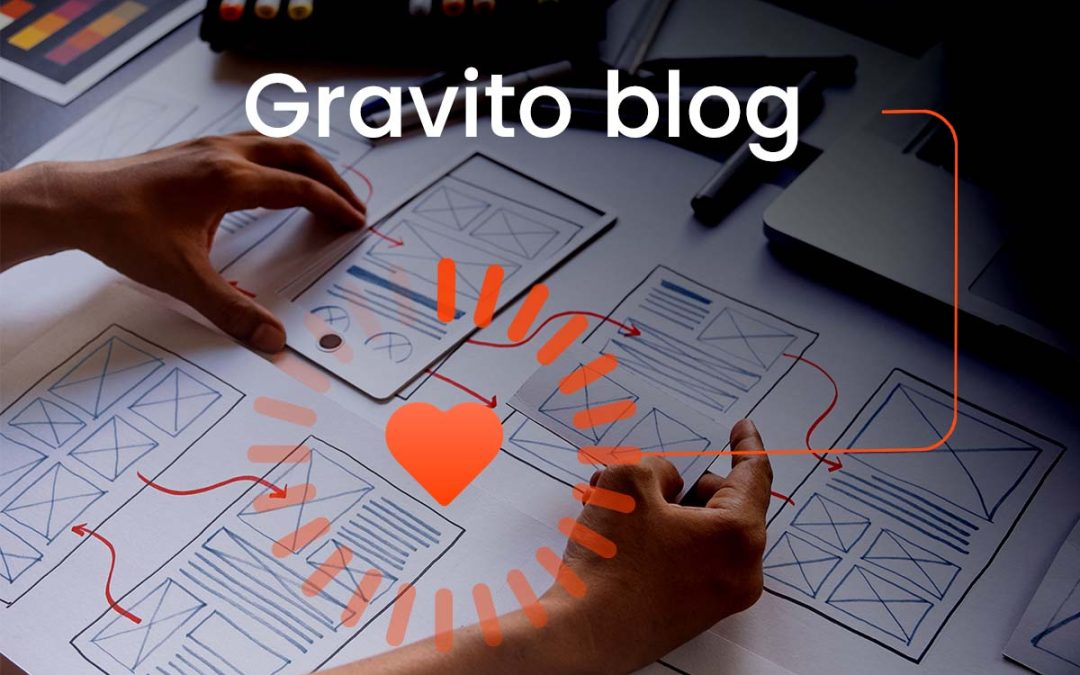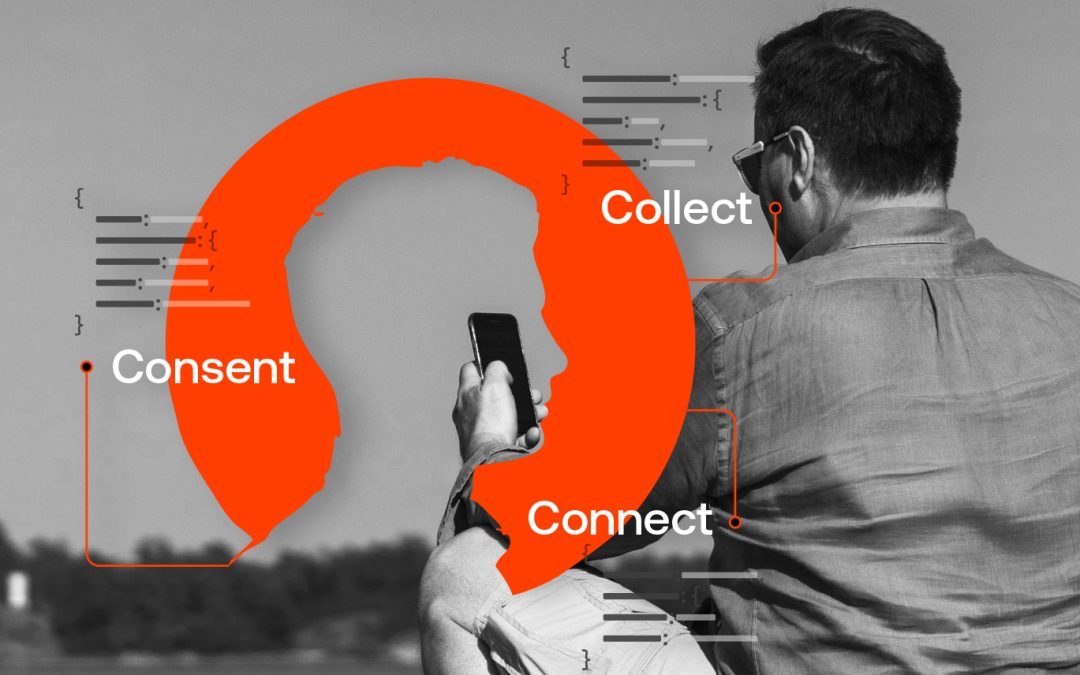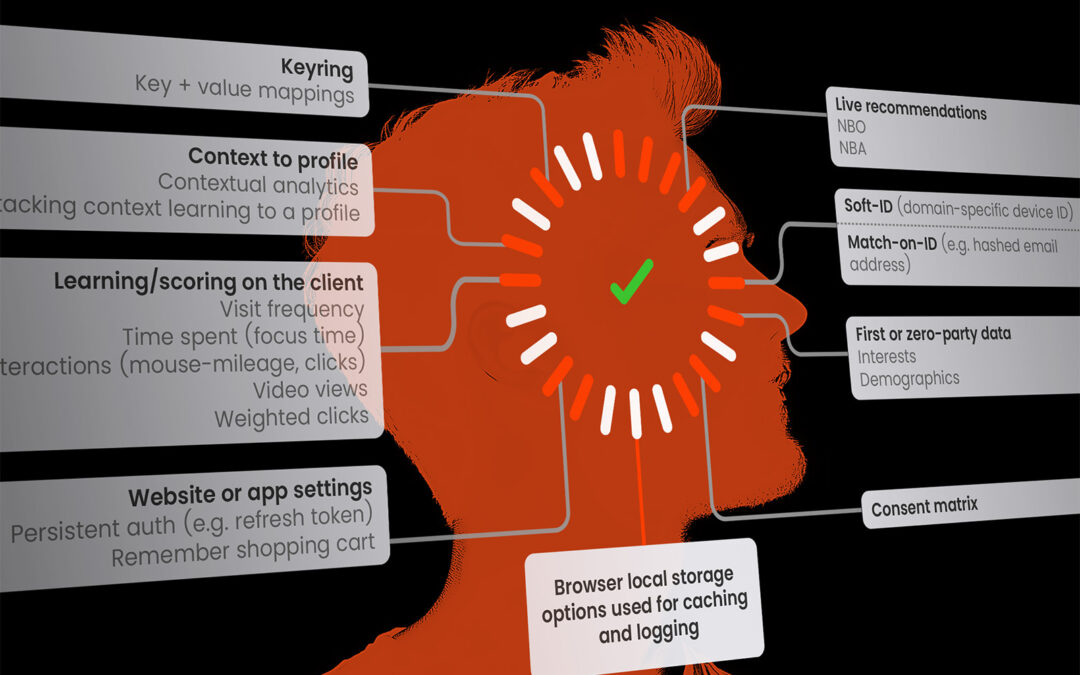Digital waste is a reality — and it should be included in your ESG report
In many organizations, sustainability teams are already doing the hard work: tracking emissions, reporting Scope 1–3 impacts, and aligning with evolving ESG frameworks. But one area often overlooked is the digital stack and especially the invisible energy consumption caused by AI-driven traffic and bot activity.
The hidden footprint of AI traffic
AI models learn by crawling the web. Bots constantly visit websites, triggering personalization engines, marketing automation, and analytics systems. These interactions consume energy, inflate infrastructure costs, and distort reporting metrics.
And yet, most of this traffic is:
- Non-human
- Uncompensated
- Unmeasured
What can be done?
Gravito CMP (Consent Management Platform) helps organizations recognize bot traffic in real time and optimize how digital services respond. This isn’t about blocking bots or cloaking content. It’s about serving bots efficiently without triggering unnecessary compute cycles.
For sustainability managers, this means:
- Visibility into digital waste
- Actionable optimization of avoidable emissions
- Figures you can use in ESG reporting
What’s mandatory vs. what’s optional
Some parts of your digital stack are essential. Others such as full personalization for bots are optional and wasteful. Gravito helps you identify the difference and act accordingly.
Everyone can do something today.
Sustainability isn’t just about long-term goals. It’s also about small, smart decisions that reduce waste now. Gravito makes it easy to start.
Suppose you’re looking to expand your ESG reporting to include digital infrastructure, or simply want to reduce unnecessary emissions. In that case, we’d be happy to show you how Gravito fits into your sustainability strategy.






